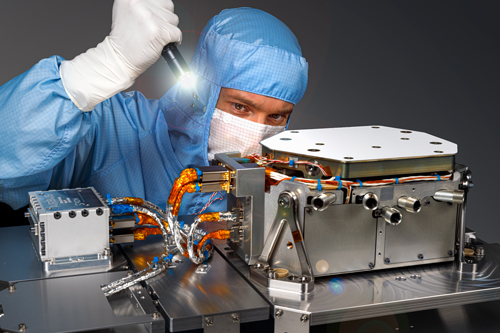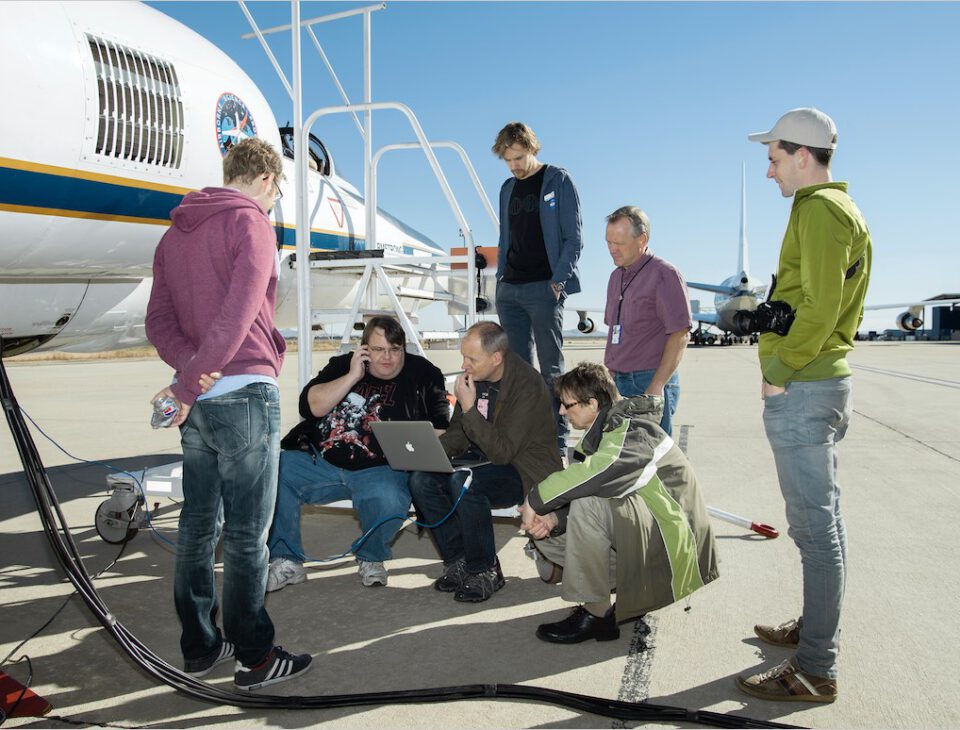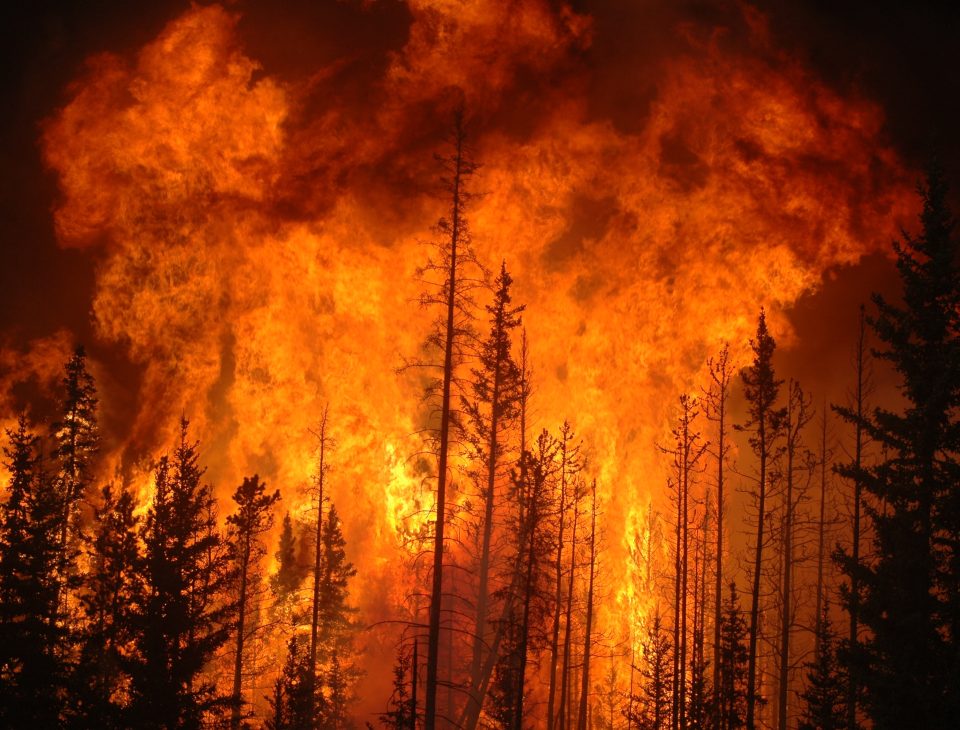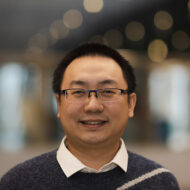Aerosols: small particles in the atmosphere

SRON’s role in aerosol research
Aerosols are small dust particles in the air, such as soot, ash and desert dust. They have a major influence on air pollution and climate change, but their precise role is insufficiently known. That is why scenarios for global warming up to the year 2100 vary approximately 3 degrees Celsius. Most aerosols have a cooling effect by reflecting and absorbing sunlight (aerosol-radiation interactions) and by changing the properties of clouds (aerosol-cloud interactions). But one type of aerosol–soot–contributes to global warming by boosting the warming effects of greenhouse gases. At SRON we work on space instrumentation, retrieval algorithms and data exploitation to better understand and quantify the effects of aerosols on climate and air quality.
Recent aerosol news
News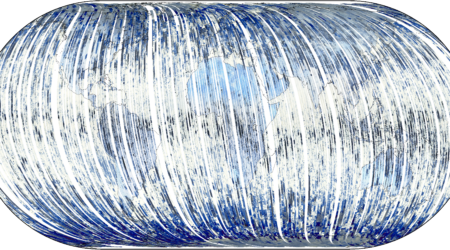
PACE climate satellite releases first images
Two NWO-GO grants for aerosol research with PACE satellite

NASA launches climate satellite with Dutch aerosol instrument
Aerosols & Clouds Publications
Frontiers in Satellite-Based Estimates of Cloud-Mediated Aerosol Forcing
Atmospheric aerosols affect the Earth’s climate in many ways, including acting as the seeds on which cloud droplets form. Since a large fraction of these particles is anthropogenic, the clouds’ microphysical and radiative characteristics are influenced by human activity on a global scale leading to important climatic effects. The respective change in the energy budget at the top of the atmosphere is defined as the effective radiative forcing due to aerosol-cloud interaction (ERFaci). It is estimated that the ERFaci offsets presently nearly 1/4 of the greenhouse-induced warming, but the uncertainty is within a factor of two. A common method to calculate the ERFaci is by the multiplication of the susceptibility of the cloud radiative effect to changes in aerosols by the anthropogenic change of the aerosol concentration. This has to be done by integrating it over all cloud regimes. Here we review the various methods of the ERFaci estimation. Global measurements require satellites’ global coverage. The challenge of quantifying aerosol amounts in cloudy atmospheres are met with the rapid development of novel methodologies reviewed here. The aerosol characteristics can be retrieved from space based on their optical properties, including polarization. The concentrations of the aerosols that serve as cloud drop condensation nuclei can be also estimated from their impact on the satellite-retrieved cloud drop number concentrations. These observations are critical for reducing the uncertainty in the ERFaci calculated from global climate models (GCMs), but further development is required to allow GCMs to properly simulate and benefit these novel observables.
Assimilation of POLDER observations to estimate aerosol emissions
We apply a local ensemble transform Kalman smoother (LETKS) in combination with the global aerosol-climate model ECHAM-HAM to estimate aerosol emissions from POLDER-3/PARASOL (POLarization and Directionality of the Earth’s Reflectances) observations for the year 2006. We assimilate aerosol optical depth at 550 mnm (AOD550), the Ångström exponent at 550 and 865 nm (AE550-865), and single-scattering albedo at 550 nm (SSA550) in order to improve modeled aerosol mass, size and absorption simultaneously. The new global aerosol emissions increase to 1419 Tg yr−1 (+28 %) for dust, 1850 Tg yr−1 (+75 %) for sea salt, 215 Tg yr−1 (+143 %) for organic aerosol and 13.3 Tg yr−1 (+75 %) for black carbon, while the sulfur dioxide emissions increase to 198 Tg yr−1 (+42 %) and the total deposition of sulfates to 293 Tg yr−1 (+39 %). Organic and black carbon emissions are much higher than their prior values from bottom-up inventories, with a stronger increase in biomass burning sources (+193 % and +90 %) than in anthropogenic sources (115 % and 70 %). The evaluation of the experiments with POLDER (assimilated) and AERONET as well as MODIS Dark Target (independent) observations shows a clear improvement compared with the ECHAM-HAM control run. Specifically based on AERONET, the global mean error in AOD550 improves from −0.094 to −0.006, while absorption aerosol optical depth at 550 nm (AAOD550) improves from −0.009 to −0.004 after the assimilation. A smaller improvement is also observed in the AE550-865 mean absolute error (from 0.428 to 0.393), with a considerably higher improvement over isolated island sites at the ocean. The new dust emissions are closer to the ensemble median of AEROCOM I, AEROCOM III and CMIP5 as well as some of the previous assimilation studies. The new sea salt emissions have become closer to the reported emissions from previous studies. Indications of a missing fraction of coarse dust and sea salt particles are discussed. The biomass burning changes (based on POLDER) can be used as alternative biomass burning scaling factors for the Global Fire Assimilation System (GFAS) inventory distinctively estimated for organic carbon (2.93) and black carbon (1.90) instead of the recommended scaling of 3.4 (Kaiser et al., 2012). The estimated emissions are highly sensitive to the relative humidity due to aerosol water uptake, especially in the case of sulfates. We found that ECHAM-HAM, like most of the global climate models (GCMs) that participated in AEROCOM and CMIP6, overestimated the relative humidity compared with ERA5 and as a result the water uptake by aerosols, assuming the kappa values are not underestimated. If we use the ERA5 relative humidity, sulfate emissions must be further increased, as modeled sulfate AOD is lowered. Specifically, over East Asia, the lower AOD can be attributed to the underestimated precipitation and the lack of simulated nitrates in the model.
Quantification of carbon monoxide emissions from African cities using TROPOMI
Carbon monoxide (CO) is an air pollutant that plays an important role in atmospheric chemistry and is mostly emitted by forest fires and incomplete combustion in, for example, road transport, residential heating, and industry. As CO is co-emitted with fossil fuel CO2 combustion emissions, it can be used as a proxy for CO2. Following the Paris Agreement, there is a need for independent verification of reported activity-based bottom-up CO2 emissions through atmospheric measurements. CO can be observed daily at a global scale with the TROPOspheric Monitoring Instrument (TROPOMI) satellite instrument with daily global coverage at a resolution down to 5.5 × 7 km2. To take advantage of this unique TROPOMI dataset, we develop a cross-sectional flux-based emission quantification method that can be applied to quantify emissions from a large number of cities, without relying on computationally expensive inversions. We focus on Africa as a region with quickly growing cities and large uncertainties in current emission estimates. We use a full year of high-resolution Weather Research and Forecasting (WRF) simulations over three cities to evaluate and optimize the performance of our cross-sectional flux emission quantification method and show its reliability down to emission rates of 0.1 Tg CO yr-1. Comparison of the TROPOMI-based emission estimates to the Dynamics-Aerosol-Chemistry-Cloud Interactions in West Africa (DACCIWA) and Emissions Database for Global Atmospheric Research (EDGAR) bottom-up inventories shows that CO emission rates in northern Africa are underestimated in EDGAR, suggesting overestimated combustion efficiencies. We see the opposite when comparing TROPOMI to the DACCIWA inventory in South Africa and Côte d’Ivoire, where CO emission factors appear to be overestimated. Over Lagos and Kano (Nigeria) we find that potential errors in the spatial disaggregation of national emissions cause errors in DACCIWA and EDGAR respectively. Finally, we show that our computationally efficient quantification method combined with the daily TROPOMI observations can identify a weekend effect in the road-transport-dominated CO emissions from Cairo and Algiers.
Meet our partners
We collaborate with climate researchers and modelers, and together contribute to the development of physical instruments and the promotion of scientific activities outside SRON.
-

ESA
-

ISISspace
-

KNMI
-

TNO
-

VU
-

WUR
Our other research themes
-
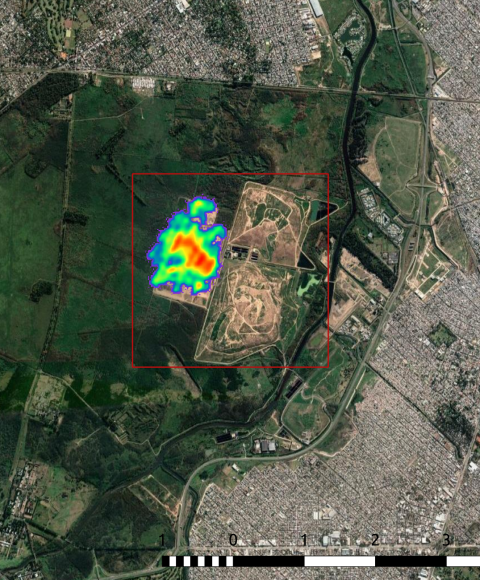
Methane
-
Responsible for ¼ of human-made greenhouse effect
-
About 30 times more powerful than CO₂ (GWP-100)
-
Large emissions from fossil fuel industry, landfills, livestock
-
-
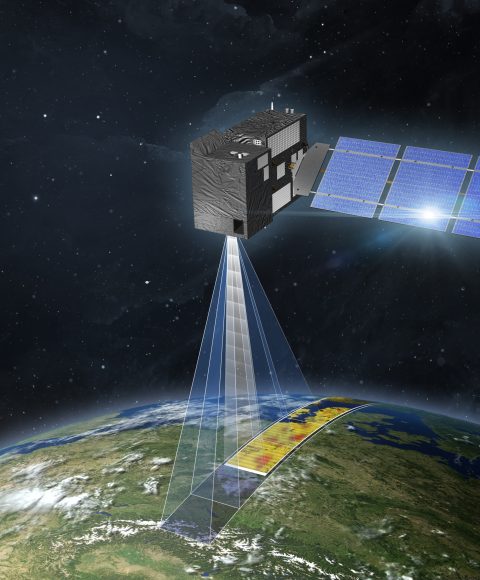
CO₂
-
Most important human-made greenhouse gas
-
Hard to monitor emissions because of long lifetime
-
-
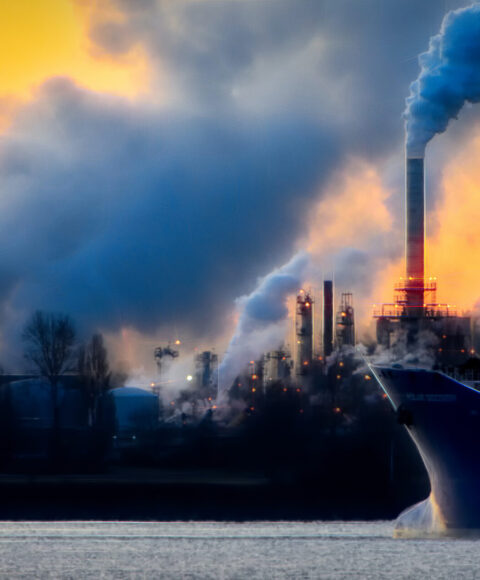
Carbon Monoxide
-
Reactions with atmospheric gases contribute to global warming
-
Trace gas to calculate CO₂ emissions from forest fires
- One of the most important air pollutants
-

